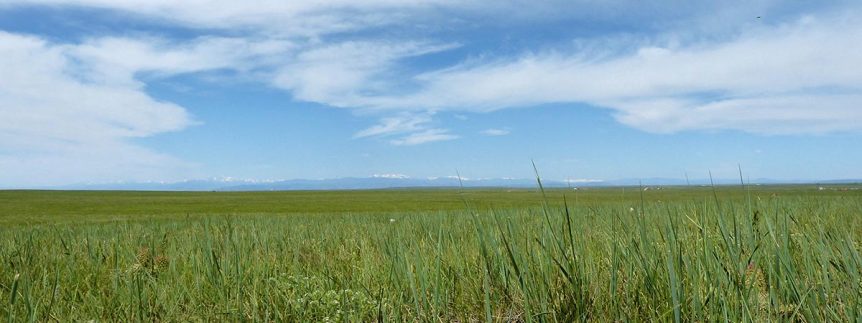Read the Transcript
You’ve heard us before, talking about the problem of invasive shrubs that elbow their way onto a landscape, hog the water, shade the sun from nurturing the grass, and disorient game and nongame wildlife. Species like saltcedar, Russian olive, eastern redcedar and reed.
So what’s being done about it? The problem is so big, and controlling these weeds is so expensive, it takes a consortium of government agencies, nonprofits and private landowners to successfully control these plants. Notice I said control. Eradication isn’t even in the vocabulary.
Biologist Gene Miller, with the National Wild Turkey Federation at Canyon, Texas, describes the problem with invasives along the banks of the Canadian River.
“In the case of Hutchinson, Hemphill and Roberts counties, we’re dealing with first saltcedar, then eastern redcedar, then Russian olive. When you get to Oklahoma, it’s more of the eastern redcedar problem, which is not only very invasive and increasing in riparian habitats but even on uplands.”
Riparian habitats — that’s the banks of streams and rivers. His group, the Turkey Federation, formed a partnership to battle those invasives across three Texas and three Oklahoma counties. The consortium is called the Canadian River Cooperative Weed Management Area. Partners include Natural Resources Conservation Service in Texas and Oklahoma, Texas Parks and Wildlife, Oklahoma’s Department of Wildlife Conservation, Oklahoma Forestry Services, the Turkey Federation, with help from Playa Lakes Joint Venture.
“This was a unique opportunity to work together trying to accomplish the same goal, which is controlling some of these invasives on the Canadian River.”
That’s Clint Rollins, a Range Management Specialist with the Natural Resources Conservation Service at Amarillo.
“Between Gene Miller and myself, we were instrumental in getting the amount of acres that we’ve got treated so far completed. It’s been a very worthwhile project. It’s just we’re talking about an enormous amount of primarily saltcedar that’s actually in the Canadian River itself. So we’ve got a lot of work ahead of us.”
Move downstream into the Oklahoma counties, and eastern redcedar is the big problem. Chris Hise runs the Four Canyon Preserve for The Nature Conservancy near Woodward, Oklahoma. Chris participated in that weed management coop.
“Today, we’ve cleared eastern redcedar on around 2,100 of our 4,000-acre property here.”
Hise says the cedar invasion poses economic and ecological problems.
“These trees have expanded greatly in density and distribution since the early decades of the twentieth century — mostly because of fire suppression. They now occupy many hundreds of thousands of acres of formerly open prairie, and it’s causing some real problems for ground nesting birds — Lesser Prairie-Chickens and Bobwhite Quail that don’t really handle vertical objects in their habitat so well. It’s also been a big problem for the ranching industry because eastern redcedar… the trees grow very low to the ground and shade out other grasses and plants.”
Kirk Fisher of Beaver, Oklahoma, maintains his family’s land in Ellis County and recently completed an eastern redcedar control effort. He’s noticed the problem expanding over a 20-year period, starting with just the occasional “Christmas tree” out in the pasture.
“My aunt from California was out one time and I cut down one for a Christmas tree, and she was just taken aback that we’d cut a beautiful tree like that down. Those aren’t beautiful trees! They suck a lot of water and just take over an area if you don’t do something to kind of get them under control.
Federal and state agencies make funds available to landowners to help defray the cost of weed control.
Playa Country, which ended in late 2016, was a weekly show that featured conservation and wildlife experts — as well as farmers, ranchers and land managers — talking about conservation practices that improve wildlife habitat and landowners’ bottom-line.

